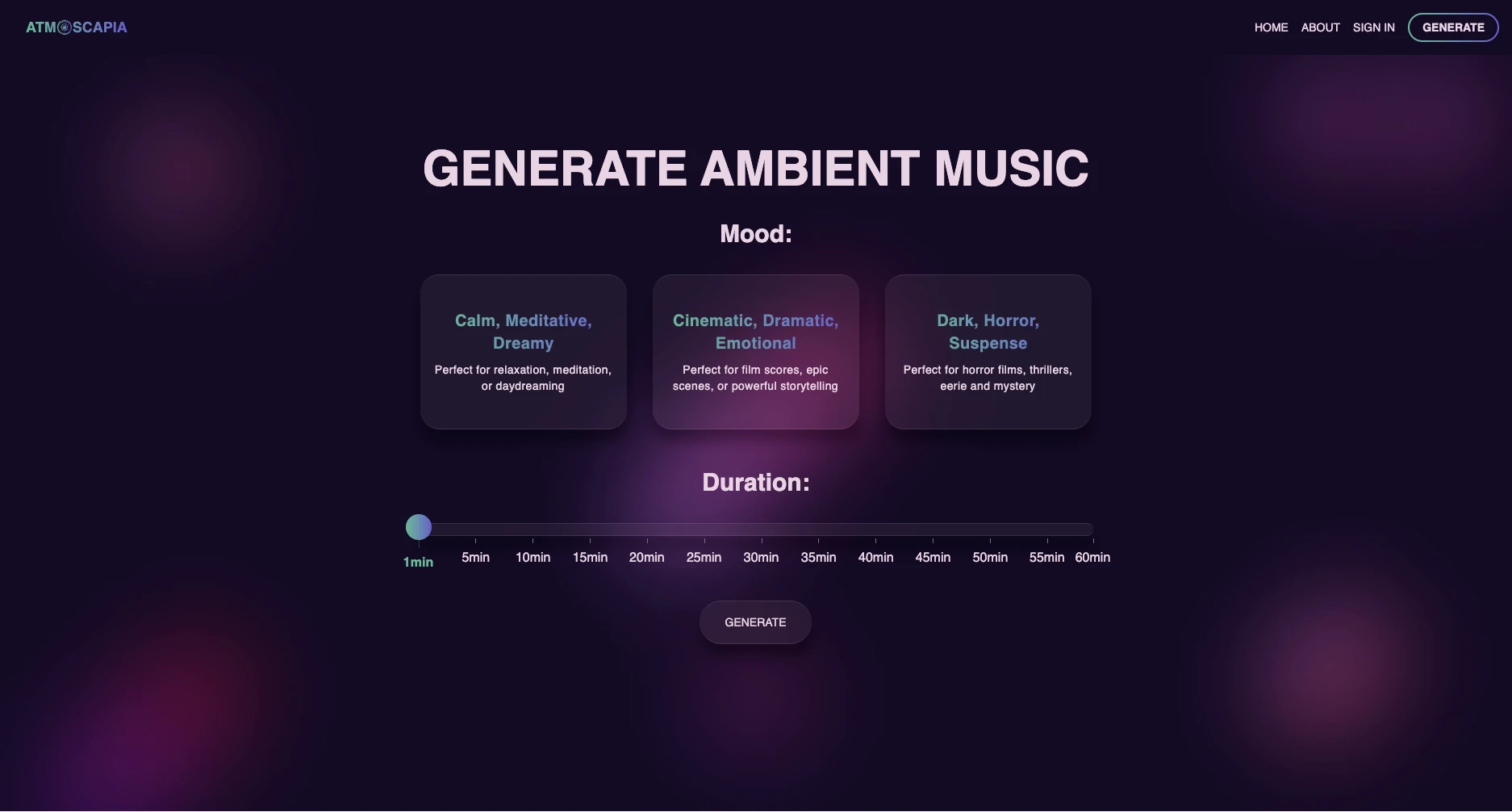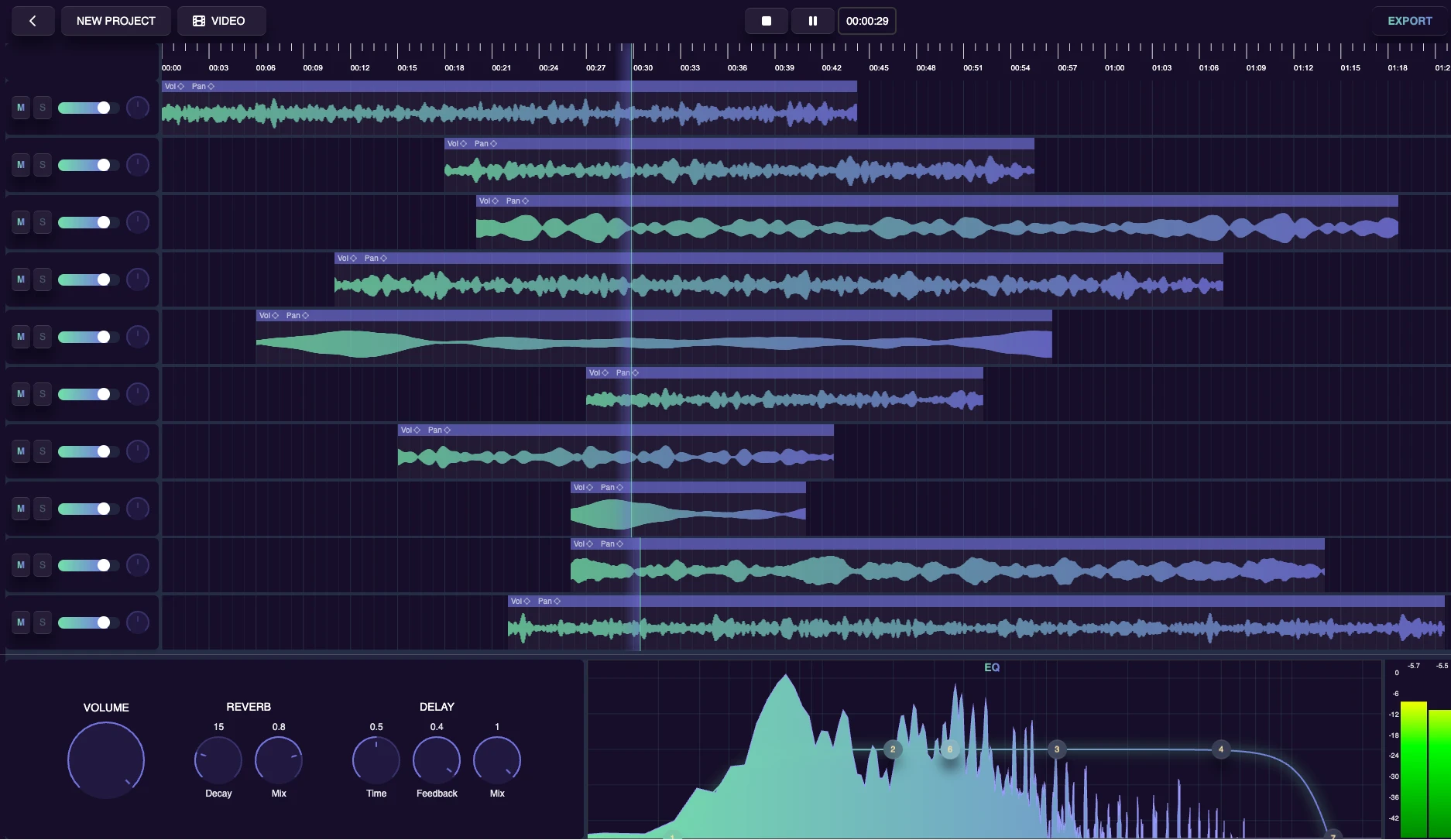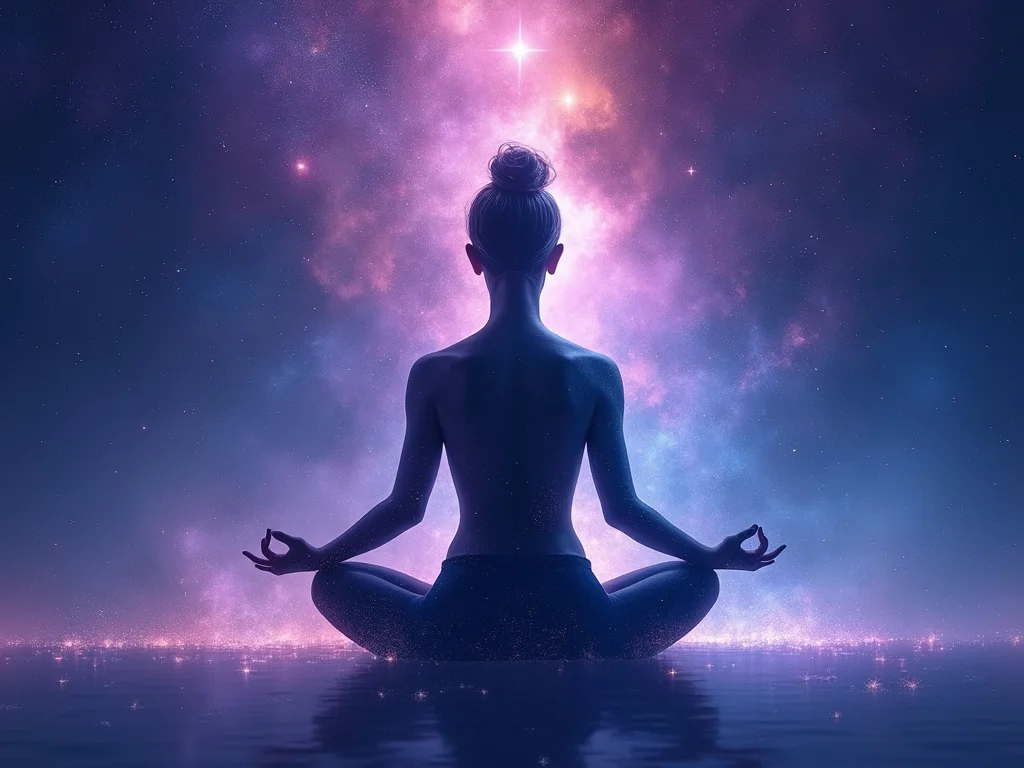How to Generate Relaxing Ambient Music for Meditation Videos with Atmoscapia
Creating relaxing ambient music is a powerful way to enhance meditation sessions, relaxation videos, and other calming content. With Atmoscapia, an easy-to-use ambient music generator, you can effortlessly craft soothing soundscapes that perfectly fit your needs. Whether you're producing background music for YouTube, mindfulness apps, or personal meditation practices, this step-by-step guide will show you how to create high-quality ambient tracks with Atmoscapia.
Step 1: Getting Started with Atmoscapia
Atmoscapia is designed for simplicity and ease of use, making it accessible for both beginners and experienced sound designers. To start creating your ambient music:
- Visit Atmoscapia.com: Open your web browser and head over to Atmoscapia.
- Create an Account: If you haven’t already signed up, create a free account to access the platform’s features.
- Choose Your Mood: Once logged in, you’ll be prompted to select a mood that best fits the type of ambient music you want to create. For calm and relaxing tracks, consider selecting moods like Calm, Meditative, or Dreamy.

Step 2: Setting Up Your Track
After selecting the mood, it’s time to configure the basic settings for your track.
- Select Track Duration: Atmoscapia allows you to create tracks ranging from 1 minute up to 60 minutes. For meditation or relaxation content, longer durations (20-30 minutes) are ideal as they provide a continuous flow without interruptions.
- Generate Your Track: Click the ‘Generate’ button to instantly create a unique, royalty-free track based on your chosen mood and duration. The generated track will be in harmony with itself, ensuring that all layers blend seamlessly.
Step 3: Customizing Your Soundscape
While Atmoscapia can generate fully-formed tracks with just a few clicks, you have the option to further customize your soundscape using its built-in DAW (Digital Audio Workstation).
- Layering Sounds: Ambient music thrives on layers of sound. In Atmoscapia’s editor, you can add multiple layers of ambient textures—such as soft synth pads, nature sounds (e.g., rain or wind), and gentle drones. These layers help create depth and immersion in your track.
- Adjusting Effects: Use effects like reverb and delay to enhance the spaciousness and ethereal quality of your music. Reverb can make sounds feel more expansive, while delay adds subtle echoes that contribute to a calming atmosphere.
- Experiment with Automation: For a dynamic listening experience, apply automation to gradually change volume levels or effects over time. This technique helps prevent monotony in longer tracks by introducing gentle variations in the sound.

Step 4: Exporting Your Track
Once you’re satisfied with your creation:
- Export Options: Atmoscapia allows you to export your track in various formats such as WAV or MP3. For high-quality production (e.g., YouTube videos or podcasts), WAV files are recommended due to their lossless quality.
- Stems Export: If you plan on further editing in another DAW (like Ableton Live or Logic Pro), you can export individual stems (separate audio layers) for more advanced mixing and mastering.
Step 5: Using Your Track for Meditation or Relaxation Content
Now that you’ve created your track, here are some practical ways to use it:
- Meditation Videos: Upload your ambient track as background music for guided meditation videos on platforms like YouTube or Vimeo.
- Relaxation Apps: If you're developing an app focused on mindfulness or sleep therapy, use your custom ambient music as part of the user experience.
- Podcasts & Audio Narratives: Enhance storytelling by adding atmospheric soundscapes that match the tone of your content.

Tips for Creating Effective Ambient Music
- Keep It Minimalistic: Less is often more when it comes to ambient music—avoid overcrowding the mix with too many elements. Focus on subtle changes in texture and tone rather than complex melodies.
- Use Natural Sounds: Incorporating nature sounds like water flowing or birds chirping can enhance the calming effect of your track.
- Slow Tempos & Long Sustains: Ambient music typically relies on slow tempos and long sustain notes that allow listeners to relax fully into the soundscape.
Conclusion
With Atmoscapia’s user-friendly interface and powerful customization options, creating calm ambient music has never been easier. Whether you're crafting soundscapes for meditation videos or looking to add relaxing background music to your content, this tool empowers you to produce professional-quality tracks quickly and effortlessly.
By following these steps and experimenting with different moods and effects, you'll be able to create unique ambient compositions that resonate with your audience—helping them find peace and relaxation through sound.